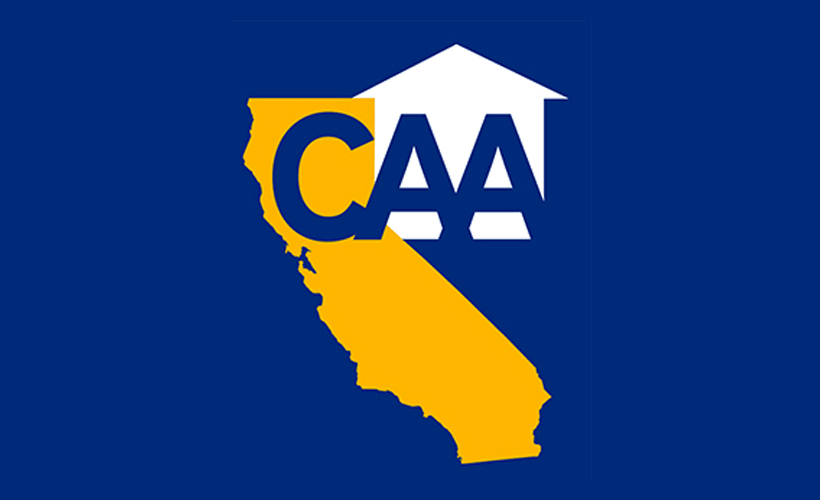Under the Gov. Gavin Newsom’s most recent order, issued Thursday, March 19, all residents are ordered to stay at their place of residence except as needed to maintain continuity of operations for operations of federal critical infrastructure sectors, as defined by the federal Cybersecurity & Infrastructure Security Agency (CISA).
CISA has identified the Commercial Facilities Sector as one of 16 critical infrastructure sectors. If you click on the Commercial Facilities Sector link, you will see that this sector includes real estate (e.g., office and apartment buildings, condominiums, mixed use facilities, self-storage). As professionals in the real estate industry, providers of rental housing are permitted continue to operating to the extent necessary to maintain continuity of operations.
Some of the “shelter in place” orders issued elsewhere in the state appear to be a bit more stringent in some regards, but even those appear to allow engaging in limited functions necessary to operate rental housing are considered essential business functions as they are essential activities under these orders. Moreover, businesses – including rental housing providers – remain free to take measures necessary to maintain “Minimum Basic Operations” so long as they follow social distancing requirements.
CAA recommends that rental housing providers implement the following measures to comply with all of these orders (these appear on our COVID-19 resource page):
- Limit having employees on-site to the level necessary to maintain Minimum Basic Operations (e.g., processing rents and payroll, handling service requests for urgent habitability issues).
- To the extent possible, limit the necessity for in-person rent payments and other resident requests by providing contactless methods for making rent payments and service requests (e.g., rent drop boxes, online portals for payment and requests). Note: under state law, landlords cannot mandate that tenants pay rent online, one option other than electronic or cash payments must be provided.
- Cease non-essential maintenance and repair work (e.g., continue to fix overflowing toilets and broken heaters, but don’t move forward with plans to repaint walls for cosmetic purposes and upgrade appliances).
- Inform residents of limited staffing and contact information for urgent matters. CAA recommends using multiple methods of communication to ensure residents are informed of the changes (e.g., sending both an email and placing sign in the office window/door).
- Contact your vendors (e.g., plumbers, exterminators) regarding their availability to respond to emergencies to determine if you need to make alternative arrangements.
- Continue to perform walk-through inspections for planned move-out if requested by the resident, as these are legally mandated, but follow social distancing protocols by keeping a six-foot distance from individuals and provide appropriate protective equipment to employees performing inspections, such as gloves and disinfectant wipes. If a resident requested an inspection prior to the outbreak, follow up with the resident to confirm whether they would still like the inspection done. If resident withdraws their request, get that withdrawal in writing.
- It is a business decision whether to continue showing vacant units. If showings will
continue, to the extent possible, provide virtual and low-contact options (e.g.,
allowing prospective residents to enter unit on their own). Disinfect high-touch
surfaces of vacant units between each showing.





